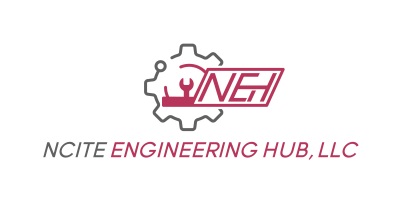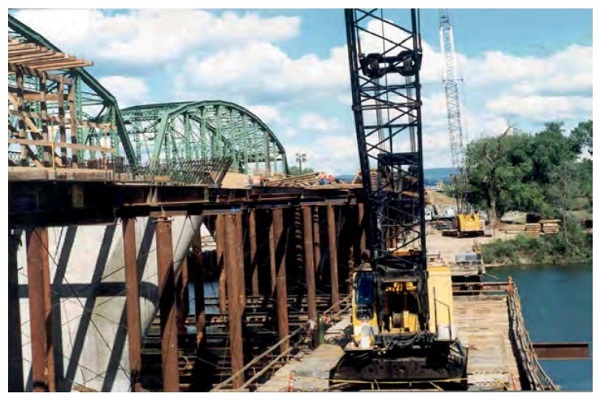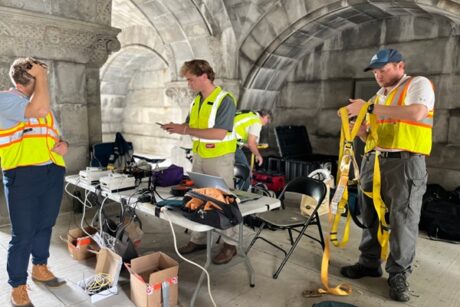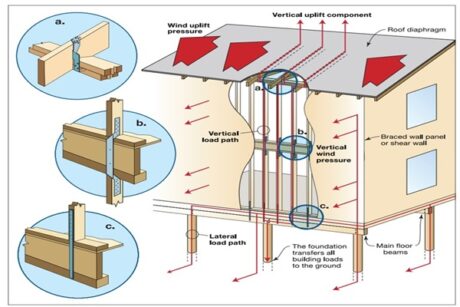- Course No.: E – 2066
- PDH Units: 3
No data found for Custom Course Number
No data found for Custom Course Units
Intended Audience: Civil, Structure and Building Engineers.
PDH UNITS: 3
The objective of this course is to assist a licensed design professional, practicing structural engineers, forensic structural engineers, consulting engineers, building officials, educators, students and/or a licensed general contractor how to understand the structural design and construction of falsework and educate the engineer for designing and building safe systems that are economically efficient and within the project’s budget. The importance of this course lies in the fact that there are not a sufficient number of references dealing with this topic especially the falsework systems are used on almost every construction site worldwide, so the course was designed to be a guide for the structural engineers. This course is intended especially for the practicing structural engineer, though it will also be useful for building officials, educators, and students. Falsework consists of temporary structures used in construction to support a permanent structure until its construction is sufficiently advanced to support itself. The British Standards of practice for falsework, BS 5975:2008, defines falsework as "Any temporary structure used to support a permanent structure while it is not self-supporting." Proprietary falsework systems are used on almost every construction site worldwide. Workers erecting these systems may have little or no formal training and engineers are often reliant on technical advice from suppliers for their design and safe use. The failure of any falsework system will have serious consequences and it is therefore essential we have confidence in the technical advice given by suppliers and the falsework systems we use on our projects. Within USA, there are more than 10 falsework systems in common use - but within Guangdong province, there are over 100 manufacturers and suppliers for just one of these systems! The safe working loads and capacities for falsework systems are normally specified by the supplier, but it is not uncommon to have different load capacities for similar systems from different suppliers! This course note is written to provide recommended loading capacities for the common types of falsework systems available worldwide, as well as good practice notes for their design, erection and dismantling.
Learning Objectives
At the successful conclusion of this course, you’ll be able to identify and discuss:- Falsework risks
- Falsework accidents
- Who is responsible of charge for design, construction and maintenance of falsework?
- Detailed case study of a falsework accident
- Falsework review process
- Falsework design criteria
- Load paths for falsework design
- Step by step design examples
- Many cases study of falsework for existing building in details
- Falsework good practice notes
Once completed, your order and certificate of completion will be available in your profile when you’re logged in to the site.










